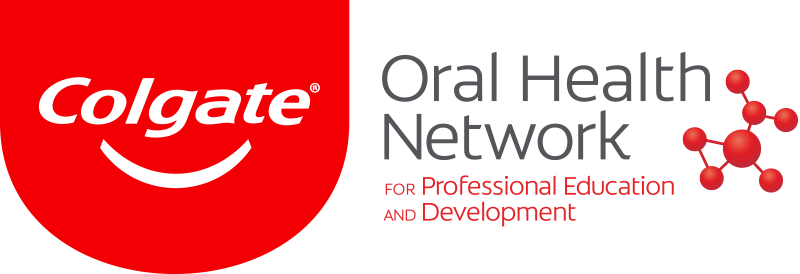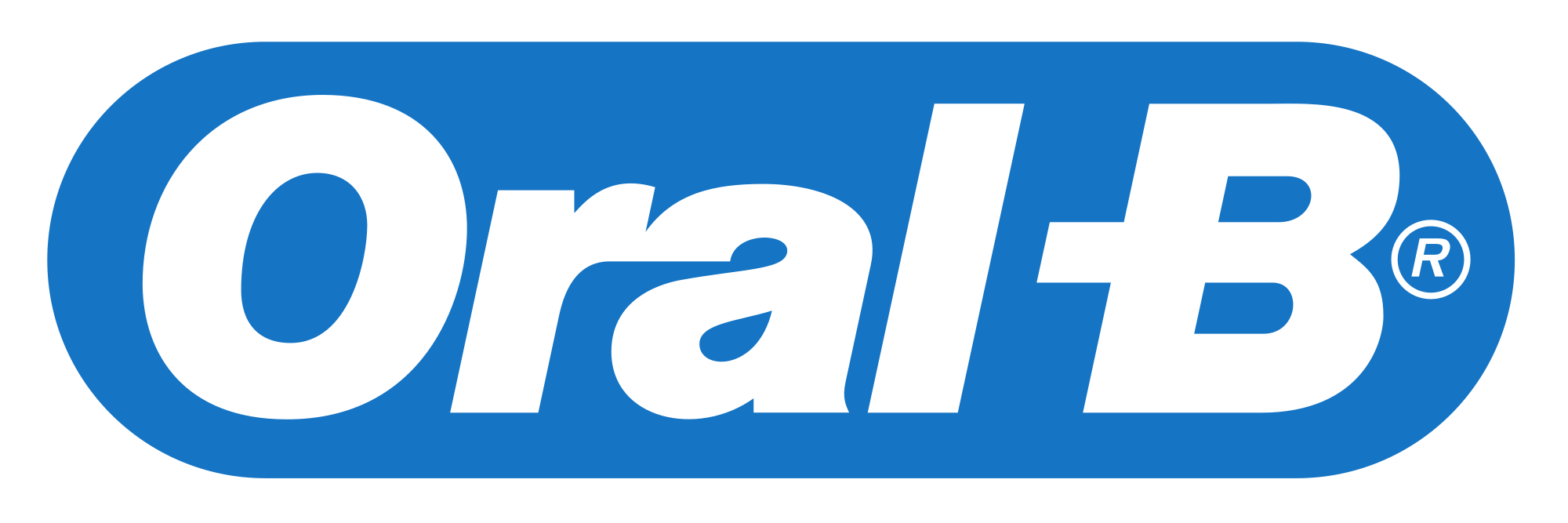


-
 Austria / Österreich
Austria / Österreich
-
 Bosnia and Herzegovina / Босна и Херцеговина
Bosnia and Herzegovina / Босна и Херцеговина
-
 Bulgaria / България
Bulgaria / България
-
 Croatia / Hrvatska
Croatia / Hrvatska
-
 Czech Republic & Slovakia / Česká republika & Slovensko
Czech Republic & Slovakia / Česká republika & Slovensko
-
 France / France
France / France
-
 Germany / Deutschland
Germany / Deutschland
-
 Greece / ΕΛΛΑΔΑ
Greece / ΕΛΛΑΔΑ
-
 Italy / Italia
Italy / Italia
-
 Netherlands / Nederland
Netherlands / Nederland
-
 Nordic / Nordic
Nordic / Nordic
-
 Poland / Polska
Poland / Polska
-
 Portugal / Portugal
Portugal / Portugal
-
 Romania & Moldova / România & Moldova
Romania & Moldova / România & Moldova
-
 Slovenia / Slovenija
Slovenia / Slovenija
-
 Serbia & Montenegro / Србија и Црна Гора
Serbia & Montenegro / Србија и Црна Гора
-
 Spain / España
Spain / España
-
 Switzerland / Schweiz
Switzerland / Schweiz
-
 Turkey / Türkiye
Turkey / Türkiye
-
 UK & Ireland / UK & Ireland
UK & Ireland / UK & Ireland
 International / International
International / International
 Brazil / Brasil
Brazil / Brasil
 Canada / Canada
Canada / Canada
 Latin America / Latinoamérica
Latin America / Latinoamérica
 USA / USA
USA / USA
 China / 中国
China / 中国
 Japan / 日本
Japan / 日本
 Pakistan / Pākistān
Pakistan / Pākistān
 Vietnam / Việt Nam
Vietnam / Việt Nam
 ASEAN / ASEAN
ASEAN / ASEAN
 Israel / מְדִינַת יִשְׂרָאֵל
Israel / מְדִינַת יִשְׂרָאֵל
 Algeria, Morocco & Tunisia / الجزائر والمغرب وتونس
Algeria, Morocco & Tunisia / الجزائر والمغرب وتونس
 Middle East / Middle East
Middle East / Middle East
:sharpen(level=0):output(format=jpeg)/up/dt/2024/04/CHF-Technique-1.jpg)
:sharpen(level=0):output(format=jpeg)/up/dt/2024/03/AI-AR.jpg)
:sharpen(level=0):output(format=jpeg)/up/dt/2024/03/Gut-microbiome.jpg)
:sharpen(level=0):output(format=jpeg)/up/dt/2024/03/Minimally-invasive-1.jpg)
:sharpen(level=0):output(format=jpeg)/up/dt/2019/03/New-research-finds-a-link-between-using-mouthwash-and-raised-blood-pressure.jpg)








:sharpen(level=0):output(format=png)/up/dt/2014/02/MIS.png)
:sharpen(level=0):output(format=png)/up/dt/2013/03/LM-Dental.png)
:sharpen(level=0):output(format=png)/up/dt/2024/01/UnionTech-Logo-Hub.png)
:sharpen(level=0):output(format=png)/up/dt/2014/02/3shape.png)
:sharpen(level=0):output(format=png)/up/dt/2022/01/HASSBIO_Logo_horizontal.png)
:sharpen(level=0):output(format=png)/up/dt/2023/03/ACTEON_NEW-logo_03-2024.png)
:sharpen(level=0):output(format=jpeg)/up/dt/e-papers/332719/1.jpg)
:sharpen(level=0):output(format=jpeg)/up/dt/e-papers/331220/1.jpg)
:sharpen(level=0):output(format=jpeg)/up/dt/e-papers/329595/1.jpg)
:sharpen(level=0):output(format=jpeg)/up/dt/e-papers/328476/1.jpg)
:sharpen(level=0):output(format=jpeg)/up/dt/e-papers/327304/1.jpg)
:sharpen(level=0):output(format=jpeg)/up/dt/e-papers/325553/1.jpg)
:sharpen(level=0):output(format=jpeg)/up/dt/2023/06/Midline-Diastema-Usha-Dadlani.jpg)

:sharpen(level=0):output(format=jpeg)/up/dt/2024/04/CHF-Technique-1.jpg)
:sharpen(level=0):output(format=jpeg)/up/dt/2023/06/Usha-dadlani-300x300.jpg)
:sharpen(level=0):output(format=jpeg)/up/dt/2023/06/1-1.jpeg)
:sharpen(level=0):output(format=jpeg)/up/dt/2023/06/2.jpeg)
:sharpen(level=0):output(format=jpeg)/up/dt/2023/06/3.jpeg)
:sharpen(level=0):output(format=jpeg)/up/dt/2023/06/4.jpeg)
:sharpen(level=0):output(format=jpeg)/up/dt/2023/06/5.jpeg)
:sharpen(level=0):output(format=jpeg)/up/dt/2023/06/6.jpeg)
:sharpen(level=0):output(format=jpeg)/up/dt/2023/06/7.jpeg)
:sharpen(level=0):output(format=jpeg)/up/dt/2023/06/8.jpeg)
:sharpen(level=0):output(format=jpeg)/up/dt/2023/06/9.jpeg)
:sharpen(level=0):output(format=jpeg)/up/dt/2023/06/10.jpeg)
:sharpen(level=0):output(format=jpeg)/up/dt/2023/06/11.jpeg)
:sharpen(level=0):output(format=jpeg)/up/dt/2023/06/12.jpeg)
:sharpen(level=0):output(format=jpeg)/up/dt/2023/06/13.jpeg)
:sharpen(level=0):output(format=jpeg)/up/dt/2023/06/14.jpeg)
:sharpen(level=0):output(format=jpeg)/up/dt/2023/06/15.jpeg)
:sharpen(level=0):output(format=jpeg)/up/dt/2023/06/16.jpeg)
:sharpen(level=0):output(format=jpeg)/up/dt/2023/06/17.jpeg)
:sharpen(level=0):output(format=jpeg)/up/dt/2023/06/18.jpeg)
:sharpen(level=0):output(format=jpeg)/up/dt/2023/06/19.jpeg)
:sharpen(level=0):output(format=jpeg)/up/dt/2023/06/20.jpeg)
:sharpen(level=0):output(format=jpeg)/up/dt/2023/06/21.jpeg)
:sharpen(level=0):output(format=jpeg)/up/dt/2023/06/22.jpeg)
:sharpen(level=0):output(format=jpeg)/up/dt/2023/06/23.jpeg)
:sharpen(level=0):output(format=jpeg)/up/dt/2023/06/24.jpeg)
:sharpen(level=0):output(format=jpeg)/up/dt/2023/06/25.jpeg)
:sharpen(level=0):output(format=jpeg)/up/dt/2023/06/26.jpeg)
:sharpen(level=0):output(format=jpeg)/up/dt/2023/06/27.jpeg)
:sharpen(level=0):output(format=jpeg)/up/dt/2023/06/28.jpeg)
:sharpen(level=0):output(format=jpeg)/up/dt/2022/06/DTSA-Featured-Image-28.jpg)
:sharpen(level=0):output(format=jpeg)/up/dt/2021/11/Copy-of-780-x-439-DT-5.jpg)
:sharpen(level=0):output(format=jpeg)/up/dt/2020/11/Copy-of-780-x-439-DT-5.jpg)
:sharpen(level=0):output(format=jpeg)/up/dt/2019/07/IMG-20190701-WA0110.jpg)
:sharpen(level=0):output(format=jpeg)/up/dt/2019/02/20-final-smile-_-cover-pic.jpg)
:sharpen(level=0):output(format=jpeg)/up/dt/2017/12/Fig-21-1.jpg)
:sharpen(level=0):output(format=jpeg)/up/dt/2017/12/FIG23-e1512199412576.jpg)
:sharpen(level=0):output(format=jpeg)/up/dt/2017/03/14209ba092077594f199bb33f2b69471.jpg)






:sharpen(level=0):output(format=jpeg)/up/dt/2024/04/CHF-Technique-1.jpg)
:sharpen(level=0):output(format=jpeg)/up/dt/2024/03/AI-AR.jpg)
:sharpen(level=0):output(format=jpeg)/up/dt/2024/03/Gut-microbiome.jpg)
:sharpen(level=0):output(format=jpeg)/up/dt/e-papers/331220/1.jpg)
:sharpen(level=0):output(format=jpeg)/up/dt/e-papers/329595/1.jpg)
:sharpen(level=0):output(format=jpeg)/up/dt/e-papers/328476/1.jpg)
:sharpen(level=0):output(format=jpeg)/up/dt/e-papers/327304/1.jpg)
:sharpen(level=0):output(format=jpeg)/up/dt/e-papers/325553/1.jpg)
:sharpen(level=0):output(format=jpeg)/up/dt/e-papers/332719/1.jpg)
:sharpen(level=0):output(format=jpeg)/up/dt/e-papers/332719/2.jpg)
:sharpen(level=0):output(format=jpeg)/wp-content/themes/dt/images/3dprinting-banner.jpg)
:sharpen(level=0):output(format=jpeg)/wp-content/themes/dt/images/aligners-banner.jpg)
:sharpen(level=0):output(format=jpeg)/wp-content/themes/dt/images/covid-banner.jpg)
:sharpen(level=0):output(format=jpeg)/wp-content/themes/dt/images/roots-banner-2024.jpg)
To post a reply please login or register